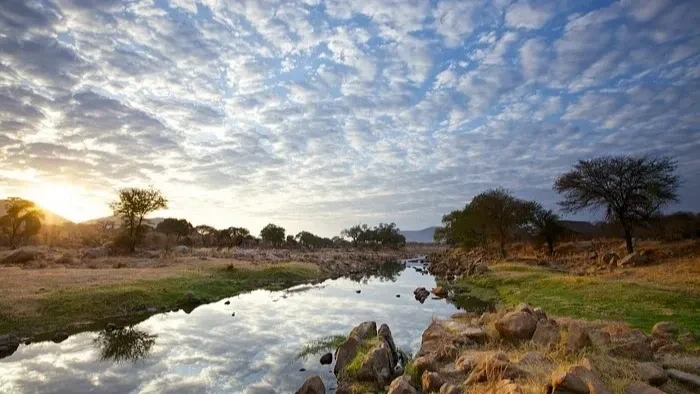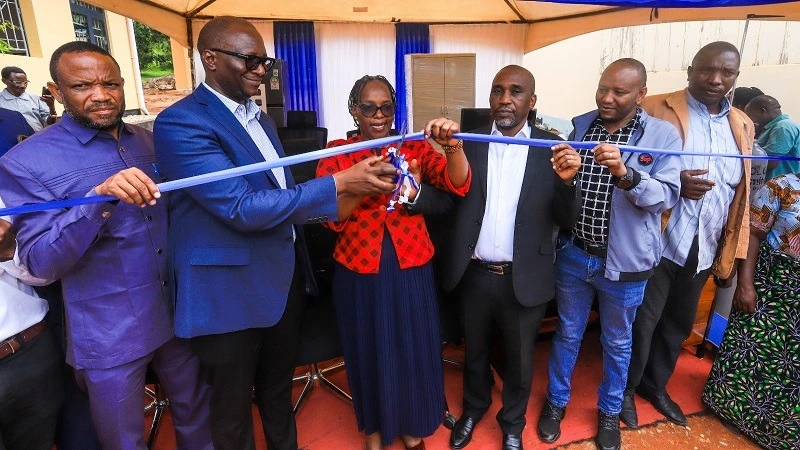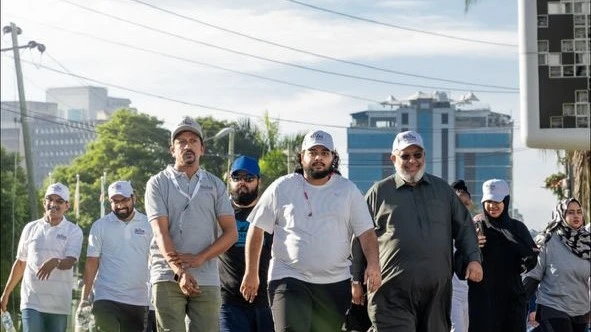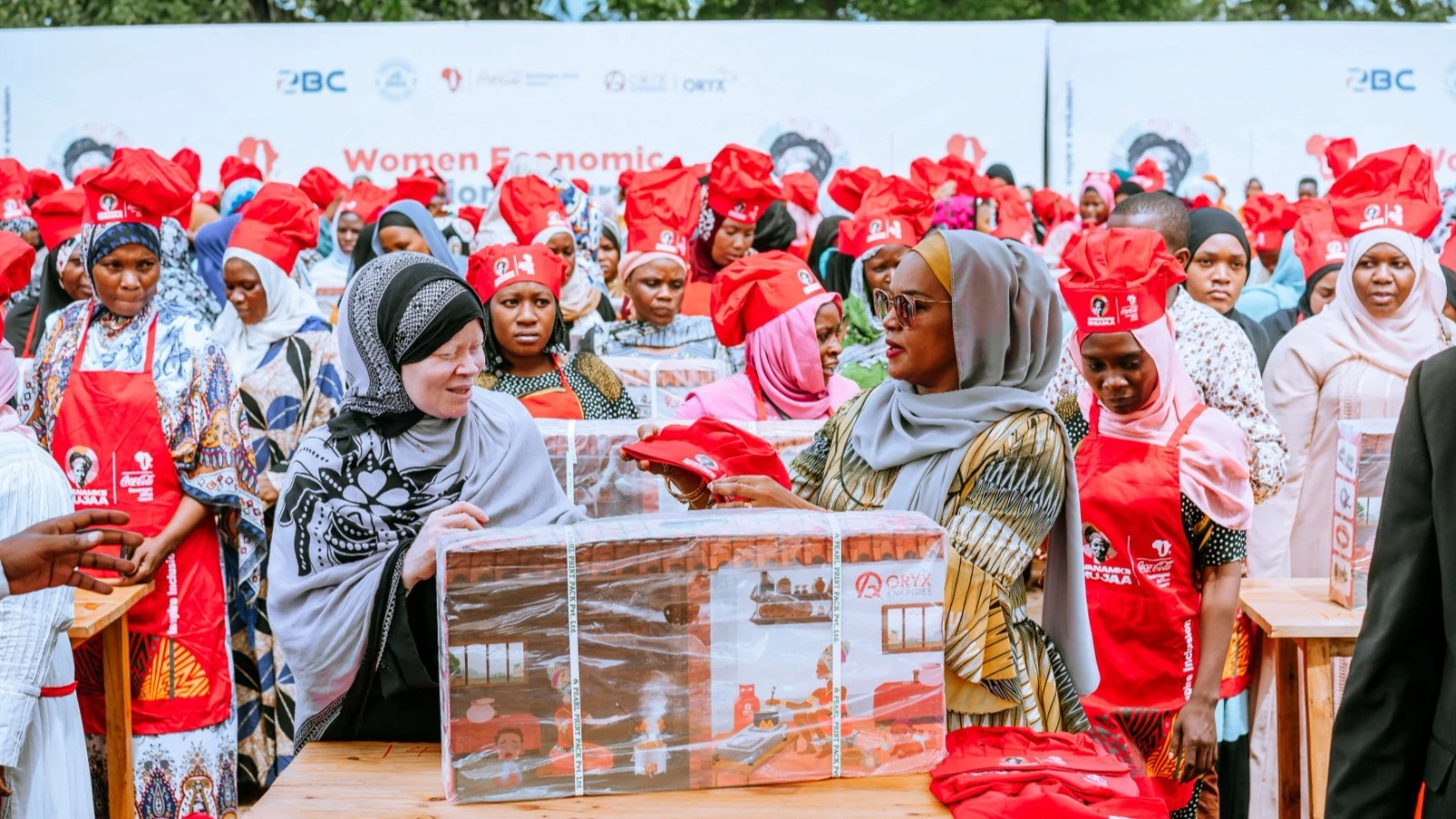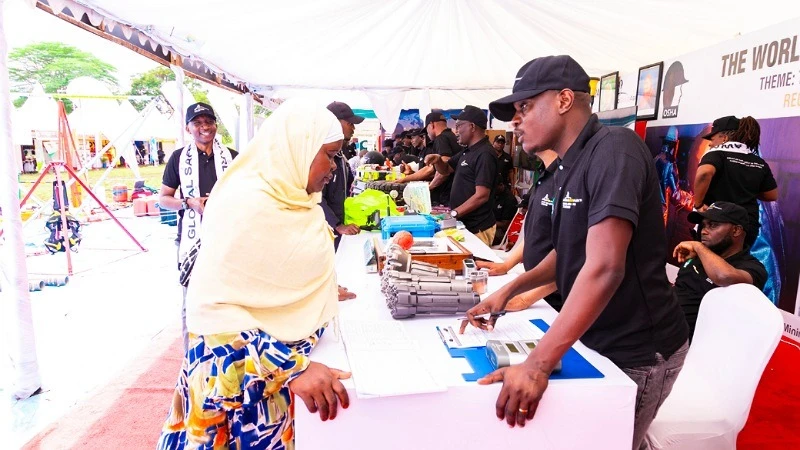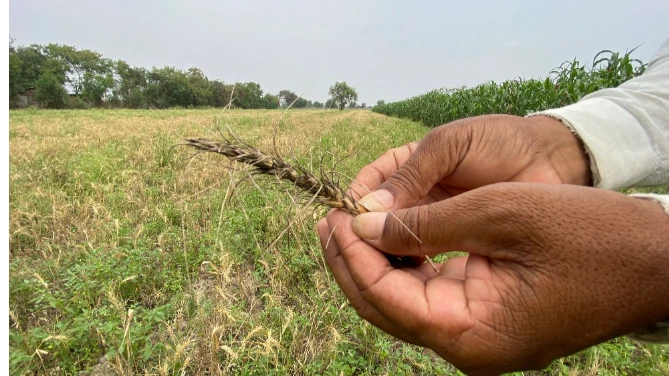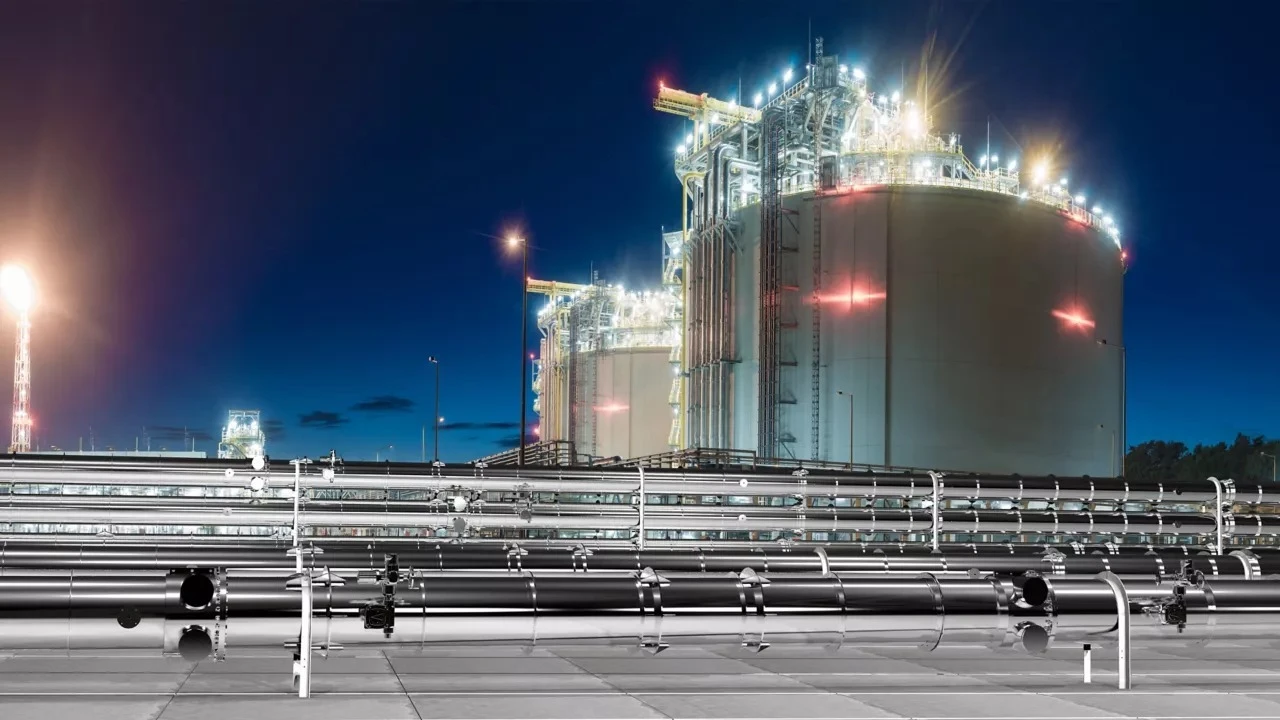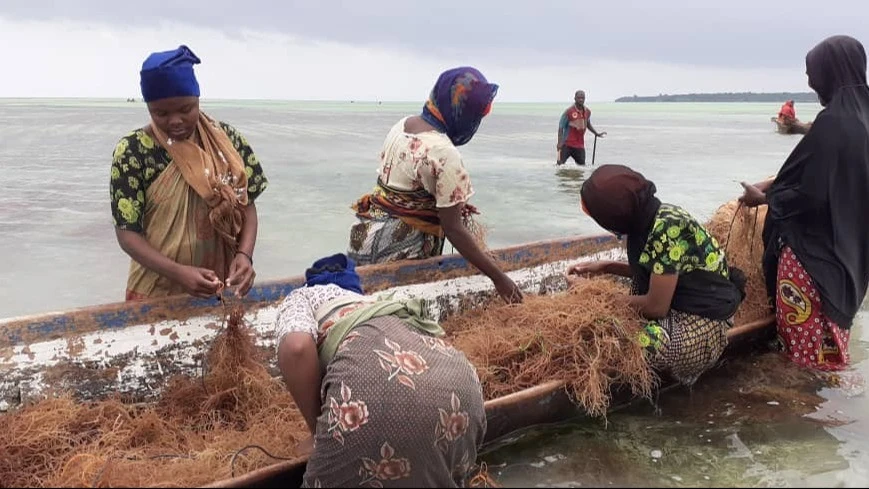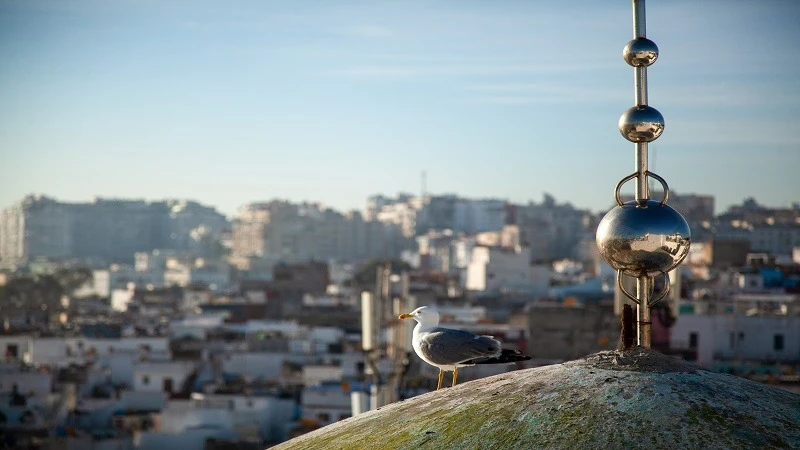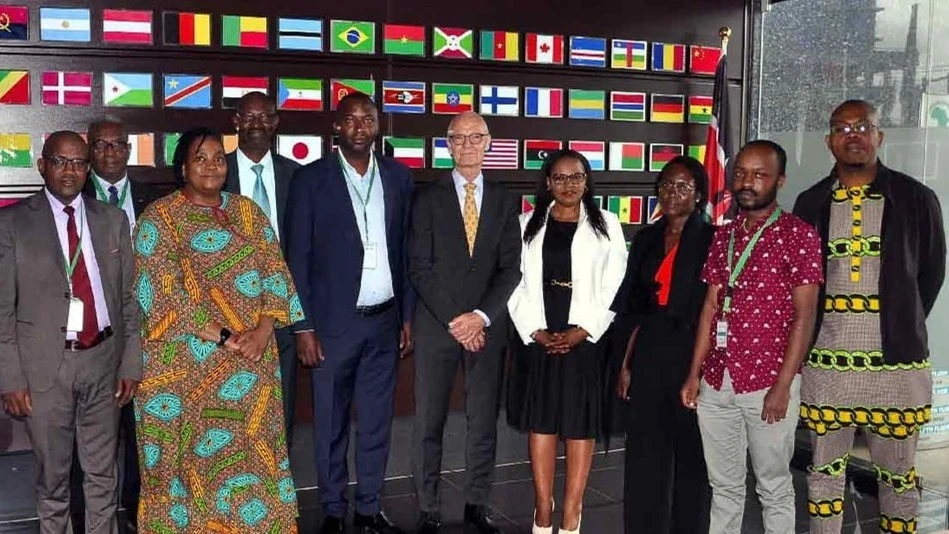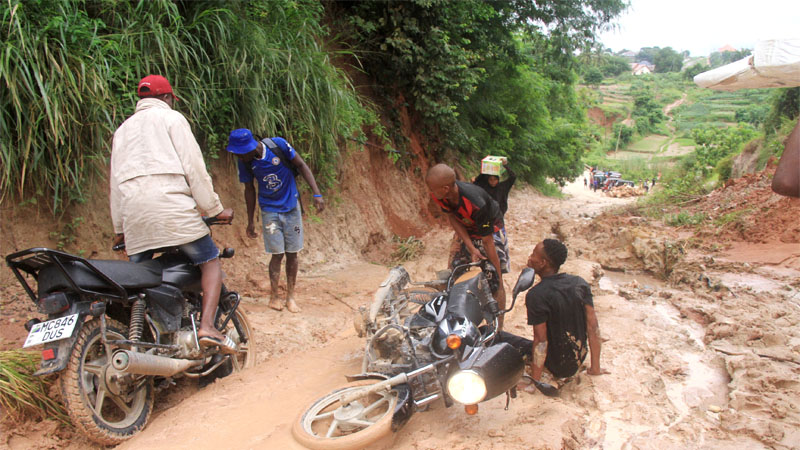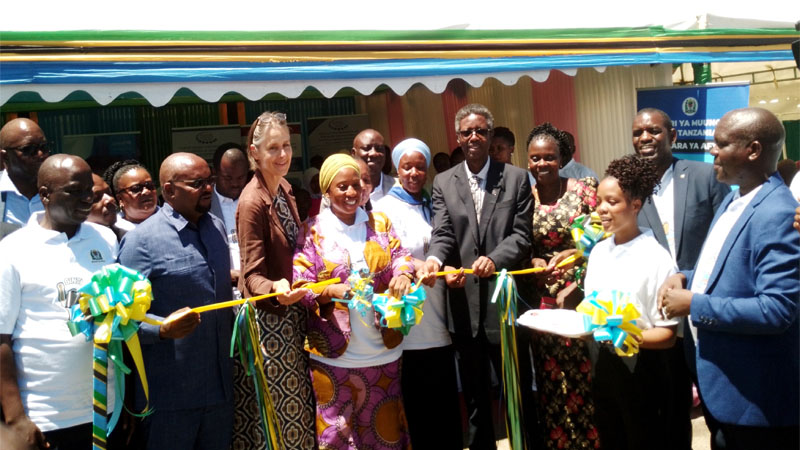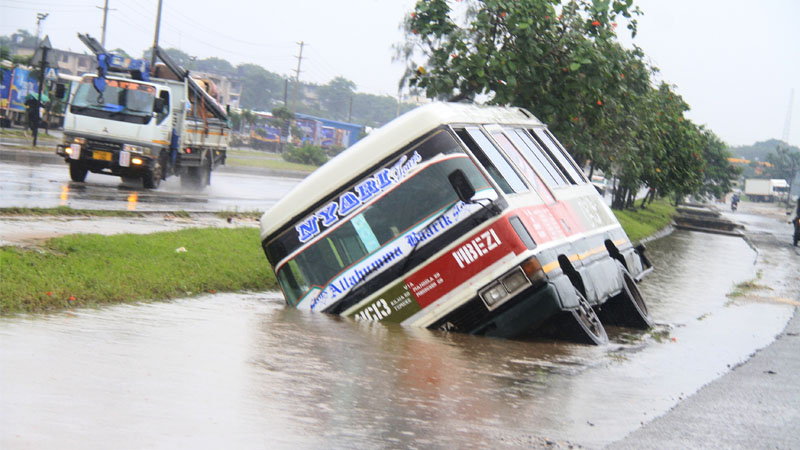Govt improves refugee referral procedures
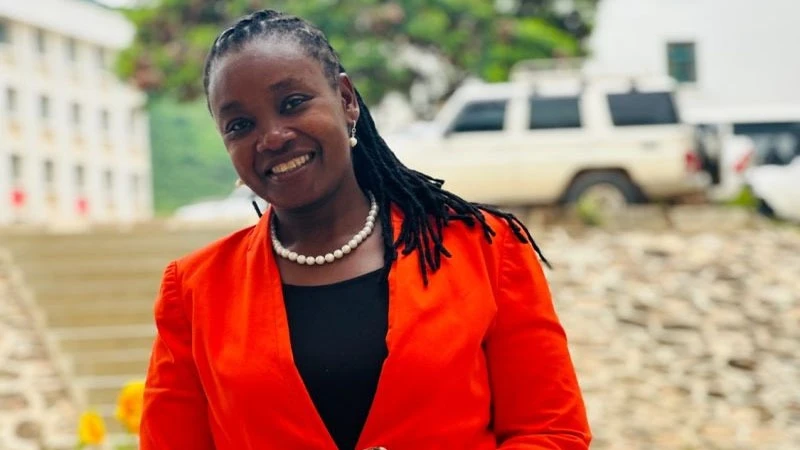
THE government expects to come up with a new referral system for immigrants who are in a dangerous environment by providing essential services before linking them with their home countries.
Dr Nandera Mhando, the social welfare commissioner at the Community Development, Gender, Women and Special Groups ministry said at a consultative meeting with stakeholders on Wednesday that the government recognises efforts by stakeholders in accommodating immigrants who are in a risky environment.
The meeting grouping directors and commissioners for cross cutting issues in various ministries linked with implementing policies on the refugee accommodation and repatriation process along with other stakeholders was intended to discuss expected improvements on existing procedures.
It is important to join forces to ensure that immigrants receive the required services on time in collaboration with various public institutions and stakeholders, the commissioner noted.
Stakeholders in various institutions must work together to ensure the safety of immigrants, “especially supporting children set in conflict with the law by entering the country illegally, children separated from their parents and those who crossed the borders without close monitoring,” she declared.
Honesta Ngolly, a senior officer at the Labour, Youth, Employment and Persons with Disability ministry in the Prime Minister’s Office (PMO), advised the preparatory committee to ensure that it fosters greater awareness among public officials and various stakeholders on the changed procedures for smooth implementation.
Ken Heriel, assistant programme manager at the International Organisation for Migration (IOM), said the UN agency expects to work with the government to heighten the protection of immigrants, along with providing the required services to those in dangerous environments.
Regional analysts say that compared to other East and Horn of Africa countries, hosting upwards of four million refugees and asylum seekers by the end of last year, Tanzania’s refugee population is small.
Approximately 1.6m refugees and asylum seekers were living in Uganda as of July 2023 and 589,000 immigrants were living in Kenya during March last year a regional migration periodical indicates.
Humanitarian arrivals in Tanzania increased dramatically in the 1990s due to political unrest and ethnic conflict in Burundi (starting in 1993), the genocide in Rwanda (in 1994), and the war in Zaire/DRC (starting in 1997, it stated.
In particular, hosting refugees from the Rwandan genocide strained Tanzania’s capacity, beginning to set the conditions for the country’s later cooling policy responses and attitudes, it said.
Over just 24 hours in April 1994, an estimated 100,000 refugees crossed the Rusumo Bridge into Tanzania. While international groups and partners delivered astonishing assistance in a remote and poor part of Tanzania, the massive influx nevertheless created challenges at various levels, the report added.
Top Headlines
© 2024 IPPMEDIA.COM. ALL RIGHTS RESERVED




